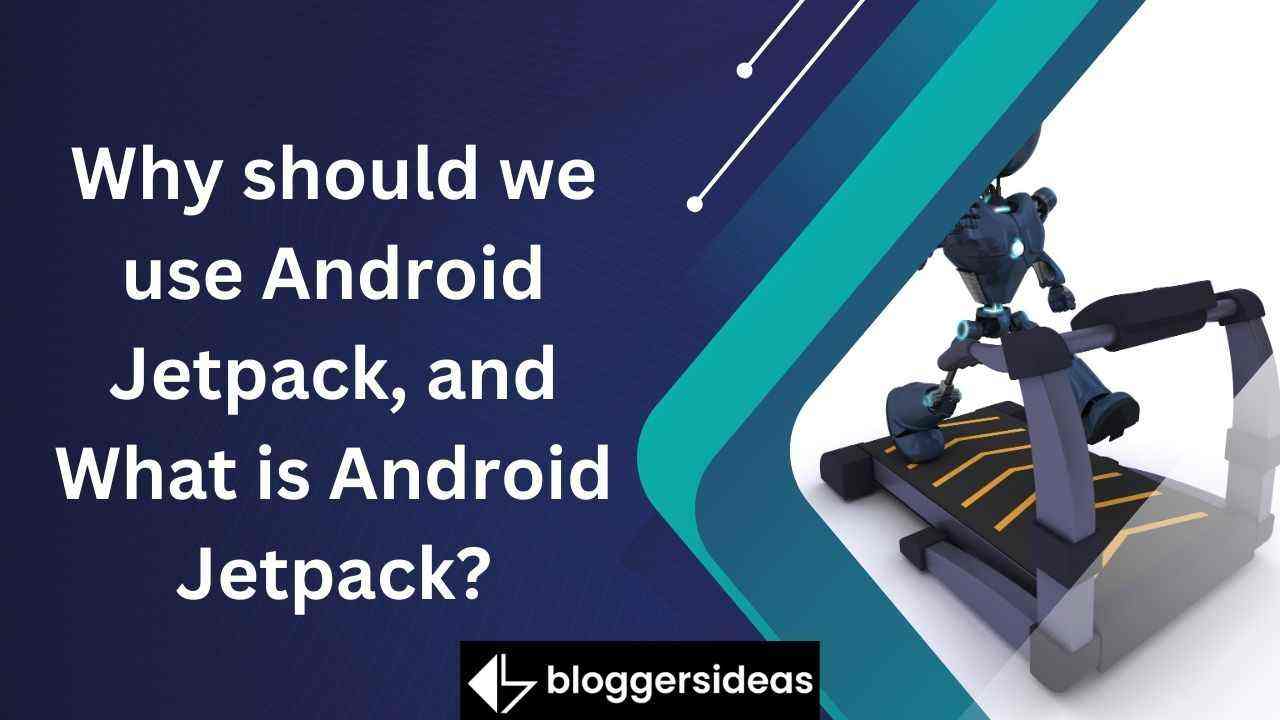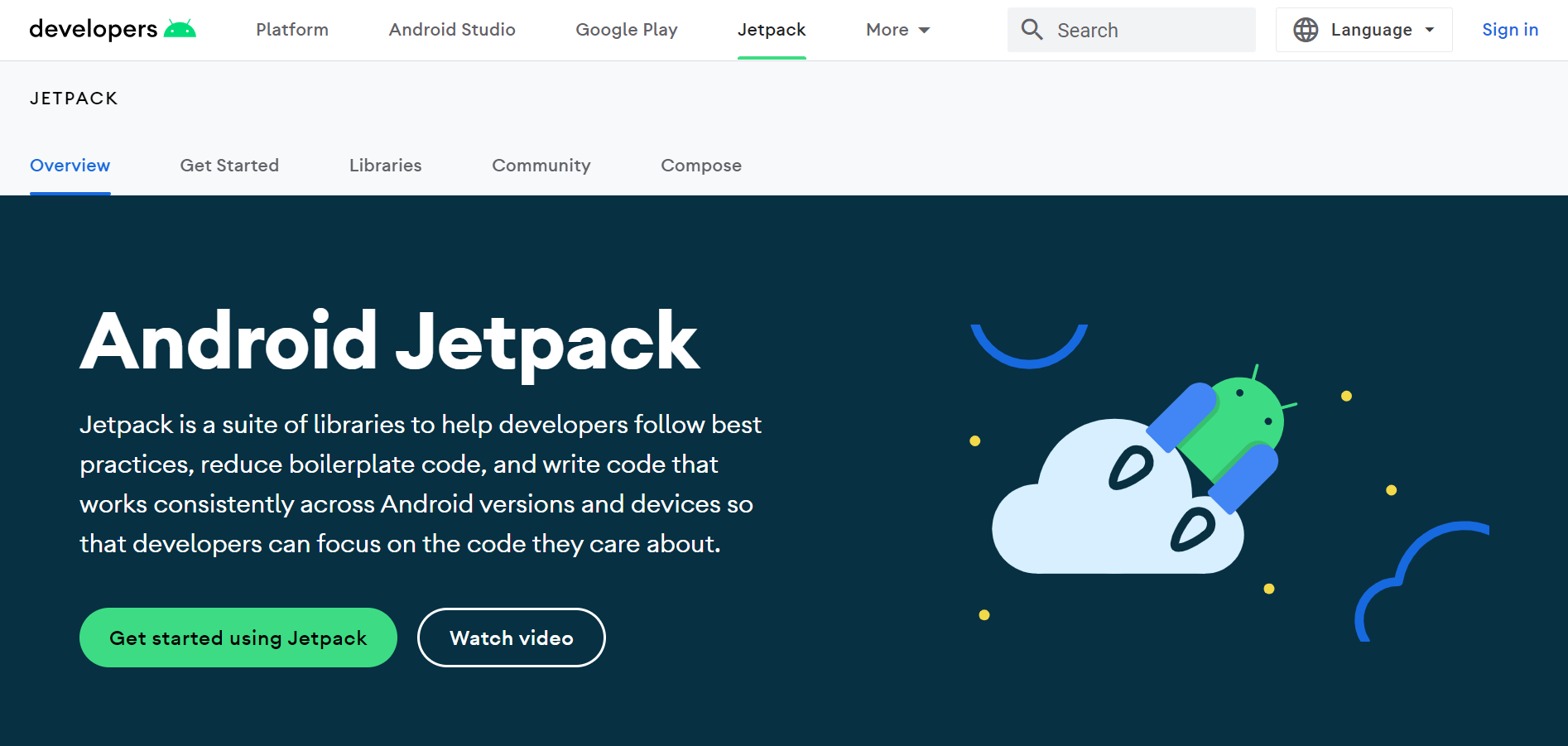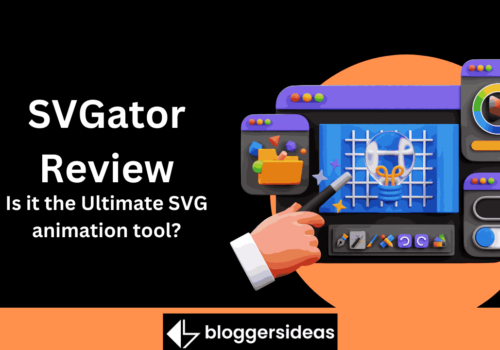Looking for Answers to the question like What is Android Jetpack? Why should we use Android Jetpack? Let’s Get Started!
The Android Jetpack is a collection of Android software components which help us make great Android apps.
This part of the program helps with:
Putting the suggested steps into place and writing the standard code.
Making things that are hard to understand very simple.
In the past, there were a number of problems, some of which were:
Getting in charge of how the activity lifecycles work.
Even with all the changes, it kept its setup.
Keeping memory from being lost
All of these important problems have been solved and answered by the software parts of the Android Jetpack.
So, Android Jetpack is the solution to all of the problems.
Since Jetpack gets updated more often than the Android platform, we can always use the most up-to-date version of the app. This is another one of Jetpack’s most important parts.
After being taken out of the platform APIs, the androidx.* package libraries are now part of Jetpack. This means that it works with versions that came before it.
Click Here for Best Jetpack Coupon Codes 2024
The Android Jetpack Components
The Android Jetpack components are a group of libraries which can be used alone or together. They were made to work well together. They do this by using parts of the Kotlin language that make us more productive as a whole.
Here is a list of the four groups into which these pieces of software have been put:
UI Components
Behavior Components
Architect Components
Foundation Components
Let’s take a look at each one separately.
UI Components
Some of the parts of the user interface are widgets and utilities that make using your program not only easy but also fun.
Here is a list of all of the UI elements:
Widgets can be moved around in an animated way, and transitions between screens can be made.
Auto: Parts for building apps for Android Auto. On older systems, you should turn on the latest version of the emoji font.
A fragment is the basic building block of a user interface that can be put together from other parts.
Layout: There are many ways to arrange the widgets in your design.
Palette: Color palettes can tell you a lot about a subject.
TV: The building blocks for making Android TV apps.
Wear: Parts that can be used to make apps with Wear.
Behavior Components
Behavior components make it easier to integrate with regular Android services like Google Play.
Notifications, Sharing Permissions, and Sharing Helper
Every part of the behavior is made up of the following:
You can use Download Manager to handle and schedule large downloads which happen in the background, and it can also automatically try to download again if it fails.
Backward-compatible programming interfaces (APIs) for playing media and routing it.
Notifications: It has an API for notifications that work with older versions and works with both Wear and Auto.
Permissions are the APIs that an app uses to check for compatibility and ask for permissions.
Make interactive settings screens that can be changed by the user and put them in the preferences section.
Sharing: This feature lets you add a share action to the action bar of an app.
Slices let users make flexible UI elements that can show data from an app outside of the app itself. These elements can be used as far back as Android 4.4 and can be added to in the future.
Architecture Components
The components of architecture lend a hand to us in construction:
- Strong applications
- Testable applications
- Maintainable Apps
The following is a list of all the components of the architecture:
Data Binding is the process of declaratively binding UI components in our layout to the data sources that our application uses.
Lifecycles: Takes care of our application’s activity and fragment lifetime management. Notify any views that depend on the database of any changes.
Navigation: Take care of everything that’s required for navigation within the app.
Paging is when you gradually load information from your data source based on demand. Access to the SQLite database performed with ease
ViewModel is responsible for the lifecycle-aware management of UI-related data.
WorkManager allows us to manage all of Android’s background jobs according to the parameters that we provide.
Foundation Components
The following benefits are provided by the foundational components:
- Backward Compatibility
- Testing
- Support for the Kotlin programming language
The following constitutes the entirety of the foundational components:
App Compatibility: Provide support for the application of material design in user interfaces while degrading gracefully on previous versions of Android.
Android KTX is a set of Kotlin extensions that can be used to write code that is shorter and more natural.
Multidex: Provide support for multiple dex files for apps.
Test is an Android testing framework for doing unit tests as well as runtime UI tests.





